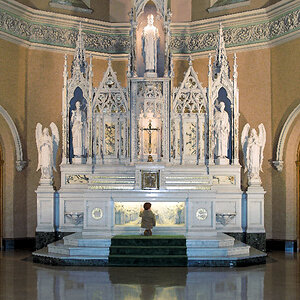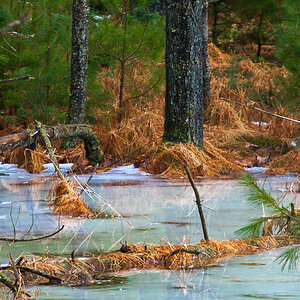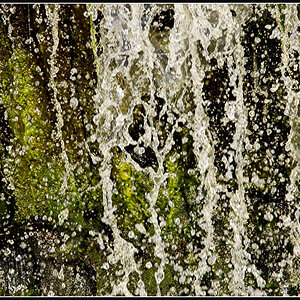jjmcd123
TPF Noob!
- Joined
- Mar 30, 2016
- Messages
- 18
- Reaction score
- 1
- Can others edit my Photos
- Photos OK to edit
Below are pics from my first proper photoshoot. The objective was to do principle photography at a location for a film company. I have attached a few sample pictures which I feel best capture the essence of the area.
What I'm asking is: in terms of post-production - these are untouched - what would be the principle behind altering these images? What ideas come to mind? Are they technical? Aesthetic? Artistic?
As a newcomer to this craft it's my gut instinct that photography (and all art) should be about capturing the true essence of a thing and illuminating what it already there. Alterations to me seem counter-productive to the goal. However, I would love to hear the opinions of others who hold a different view on the matter.
My primary craft is writing so I am familiar with ideas of artistic form.


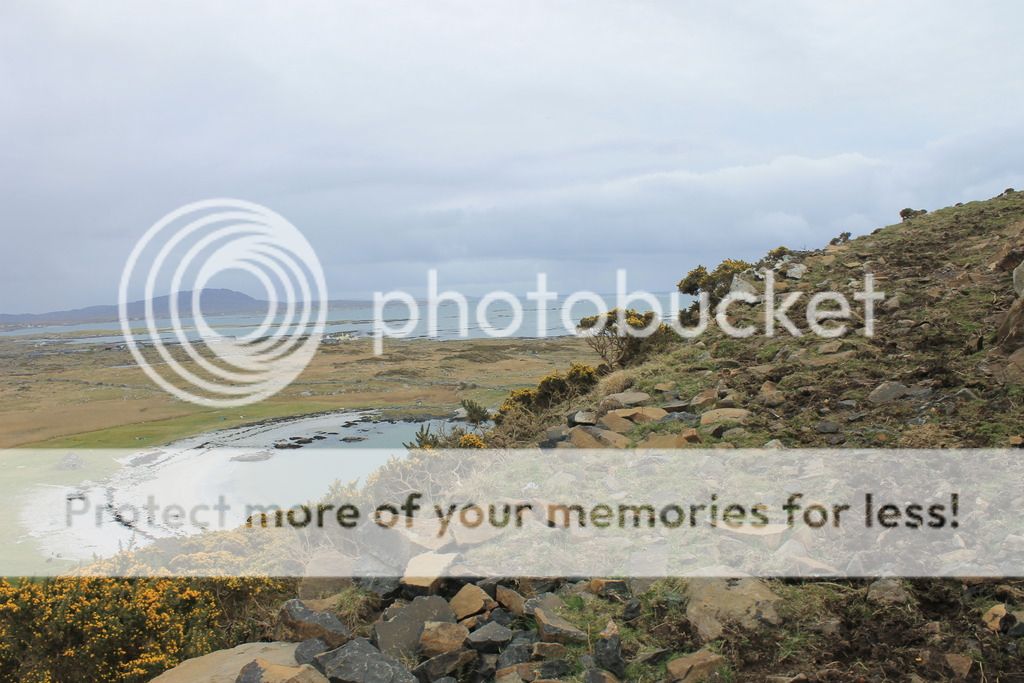
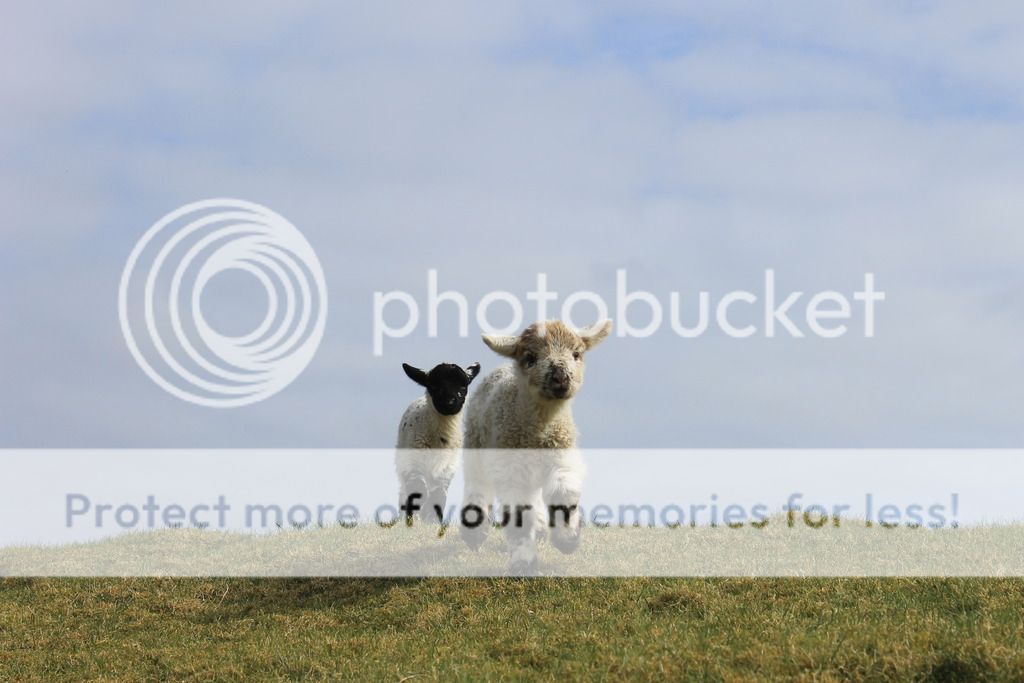


What I'm asking is: in terms of post-production - these are untouched - what would be the principle behind altering these images? What ideas come to mind? Are they technical? Aesthetic? Artistic?
As a newcomer to this craft it's my gut instinct that photography (and all art) should be about capturing the true essence of a thing and illuminating what it already there. Alterations to me seem counter-productive to the goal. However, I would love to hear the opinions of others who hold a different view on the matter.
My primary craft is writing so I am familiar with ideas of artistic form.








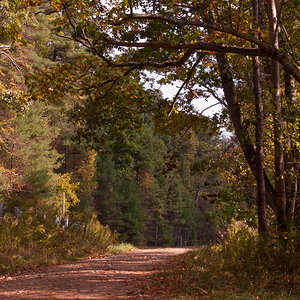
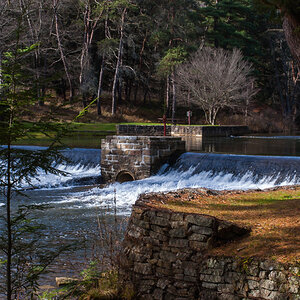
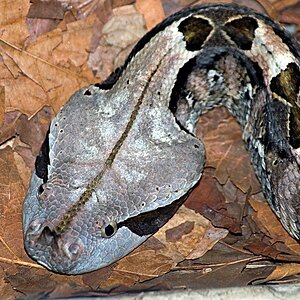
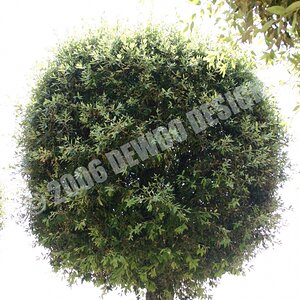
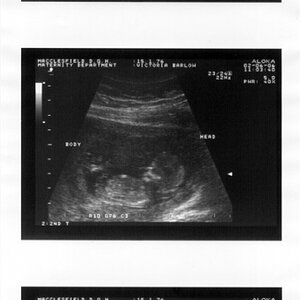
![[No title]](/data/xfmg/thumbnail/32/32950-1cc3896bf614e9412d7fda271f5e63c8.jpg?1619735784)
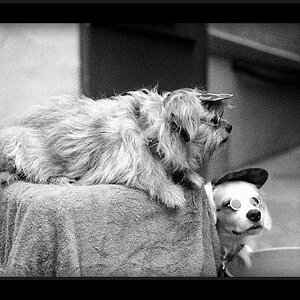
![[No title]](/data/xfmg/thumbnail/37/37625-7e132688457d56e50320a8c99a79fe38.jpg?1619738154)
